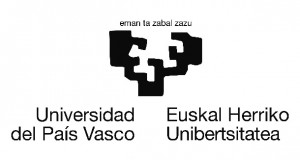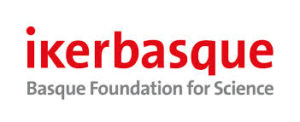
Since the beginning of this century, the spin-flip (SF) method has emerged as a very attractive alternative to the MC approach in the electronic structure study of molecular species with a multi-reference character wave function. The SF methodology is based on the construction of electronic wave functions through promotions of α electrons into empty β spin-orbitals in combination with the use of a high spin single determinant as the reference configuration. The SF idea has been implemented and applied with a variety of electronic structure formalisms: equation of motion coupled cluster (EOM-SF-CC), configuration interaction (SF-CI), and density functional theory (SF-DFT). (more…)


